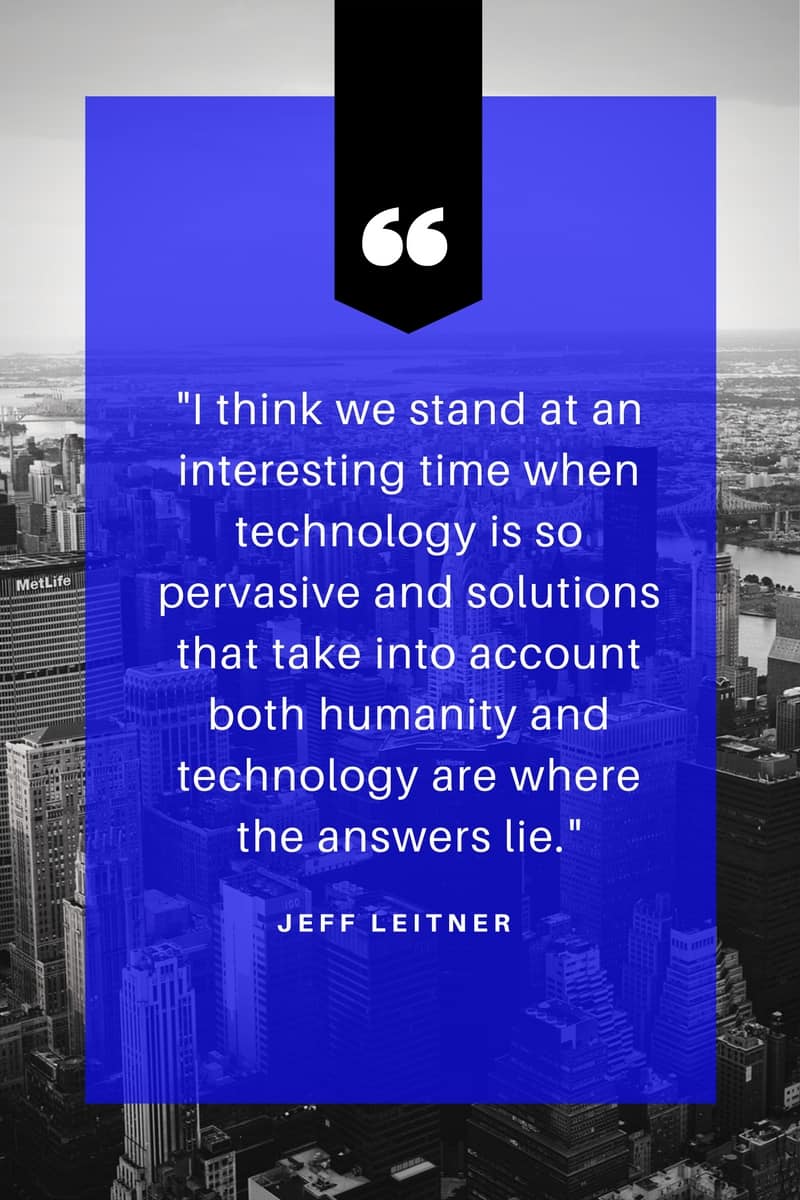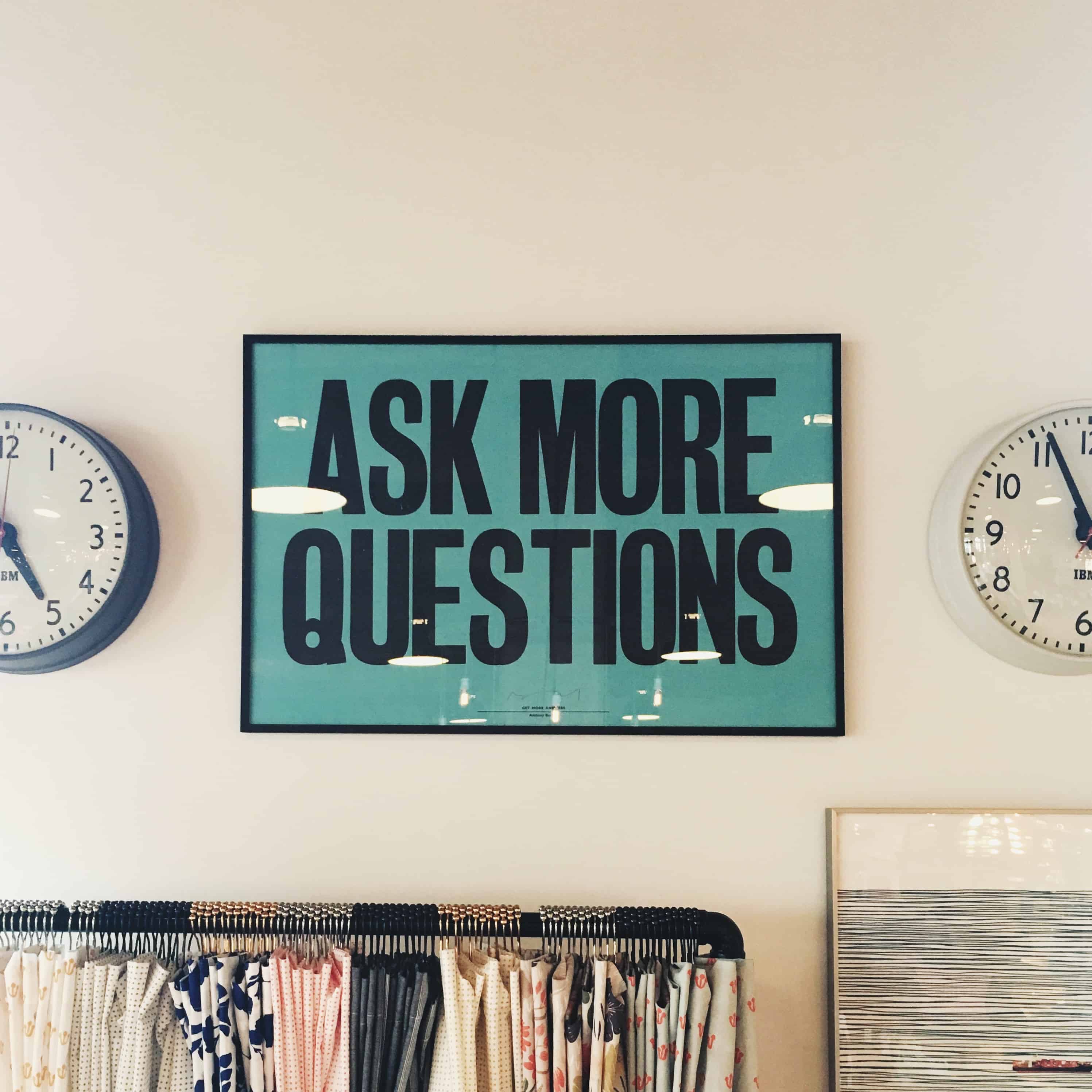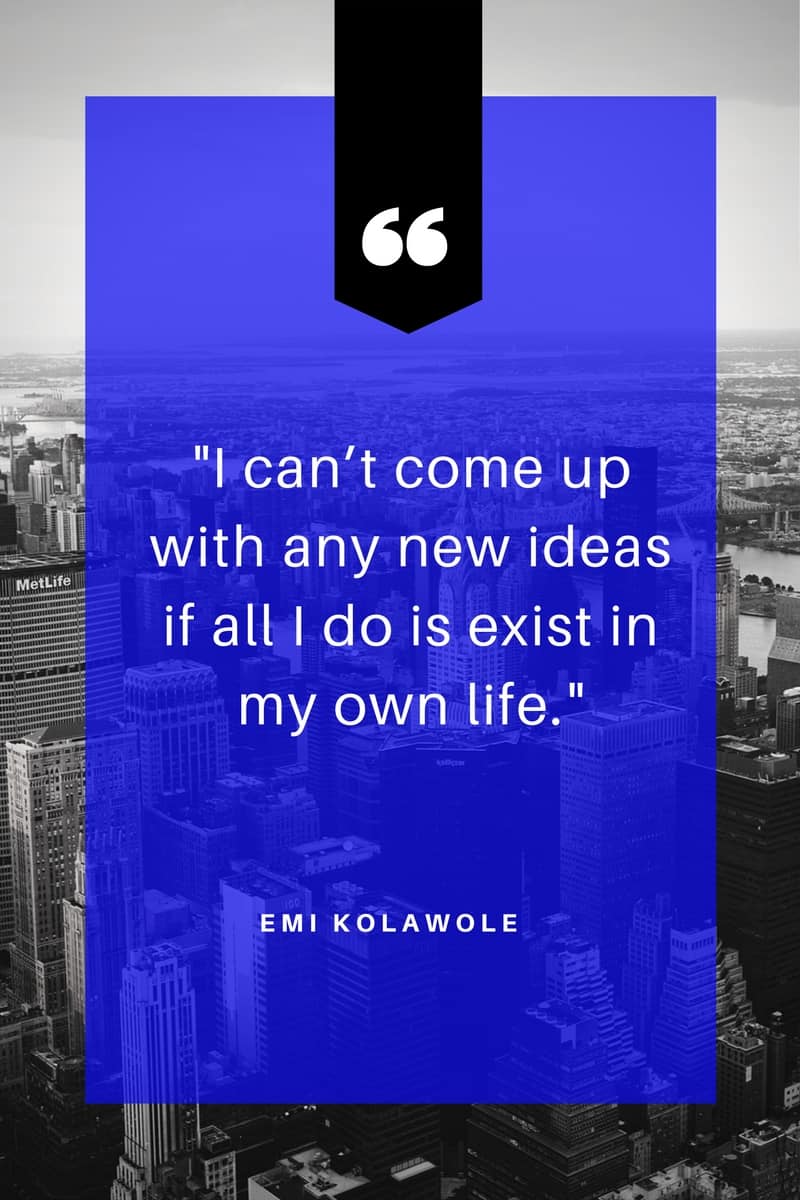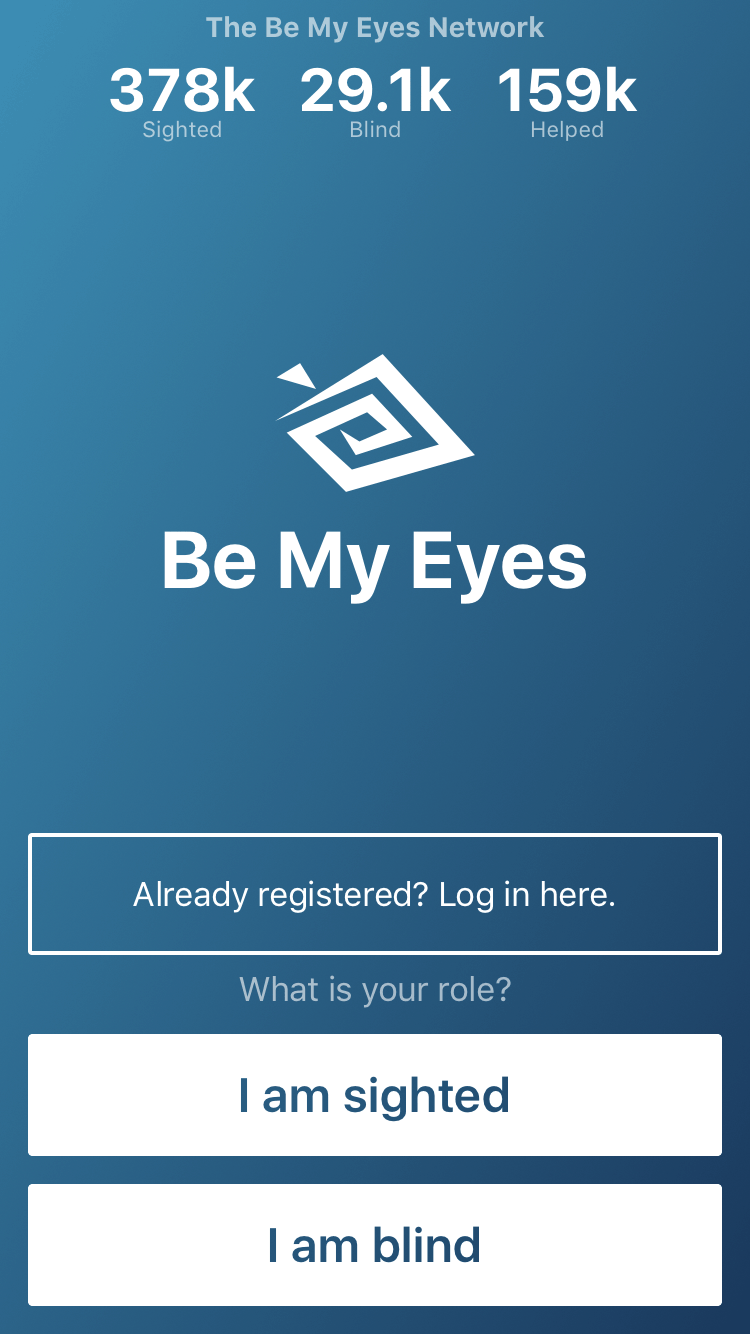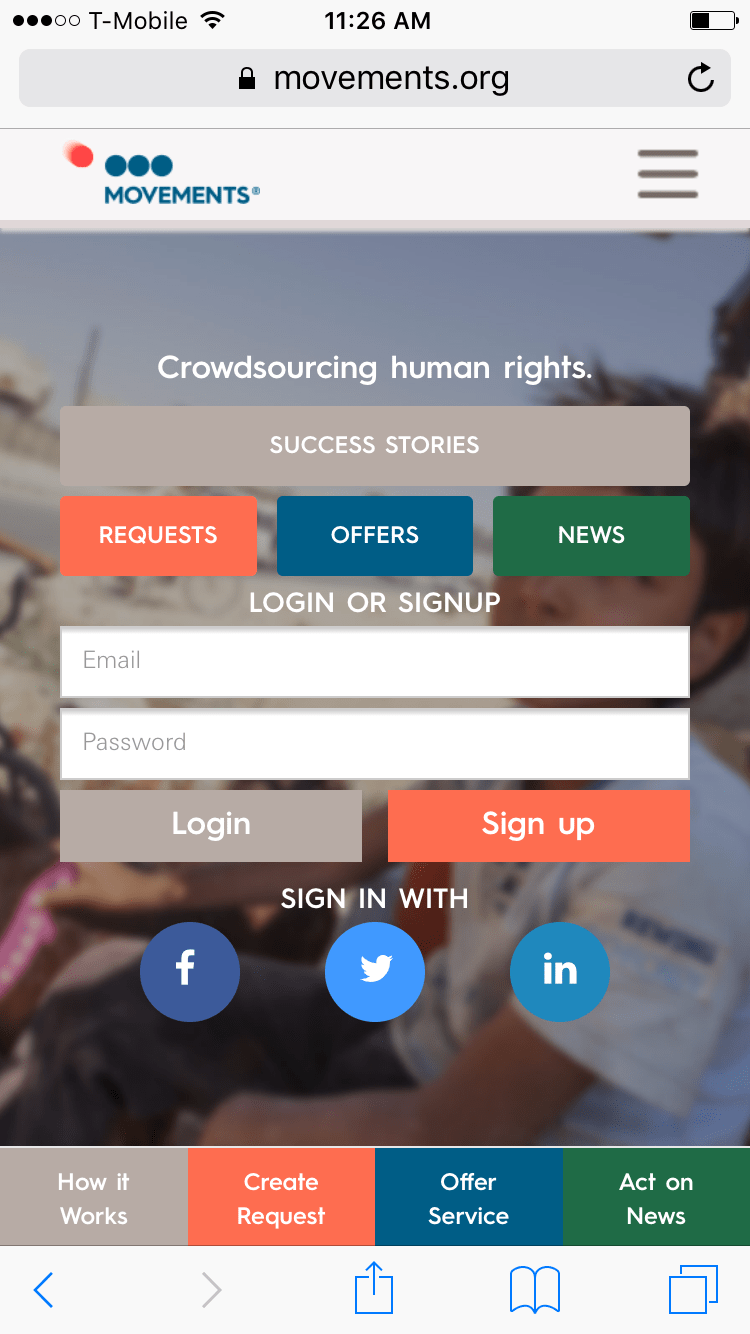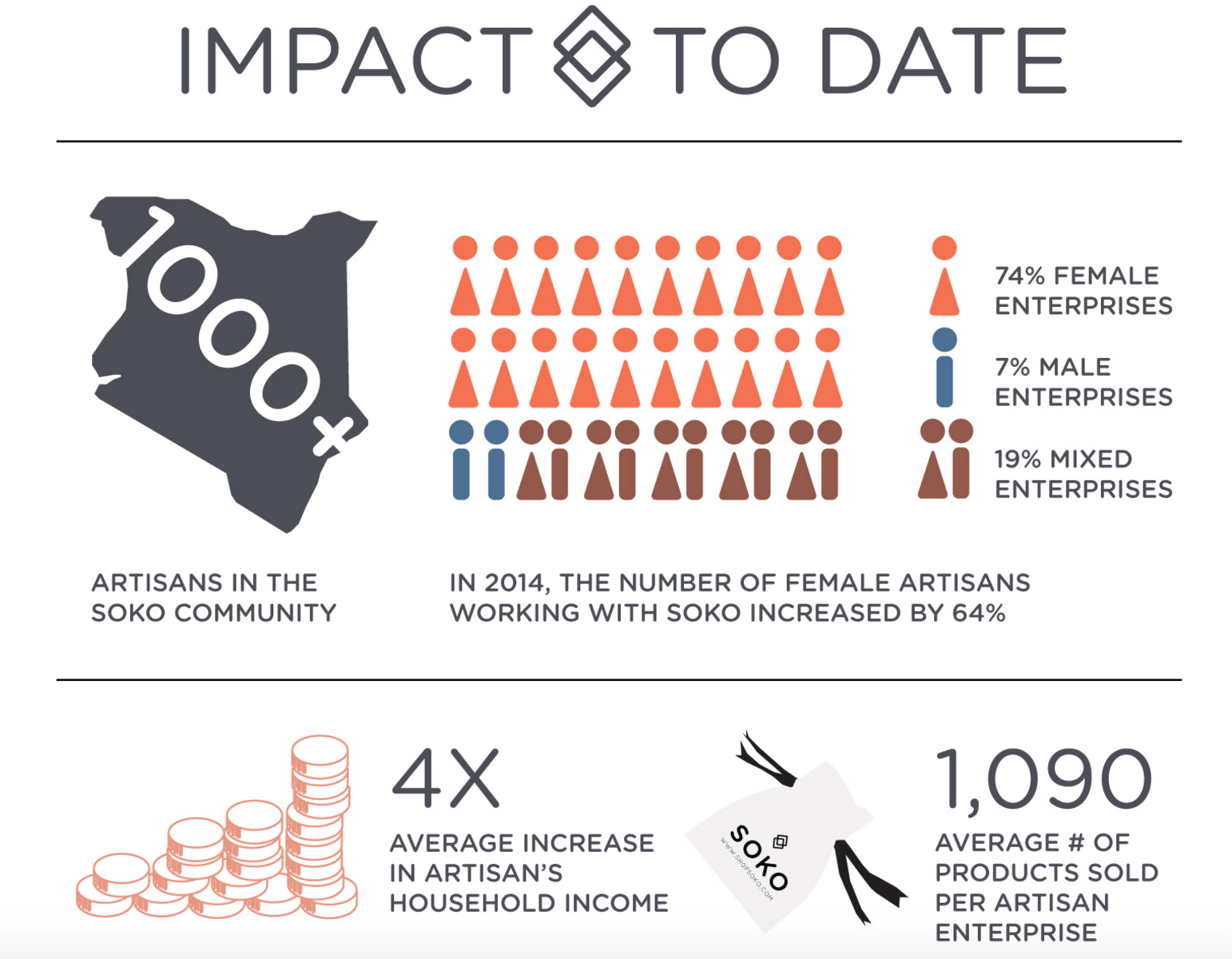A change is on the horizon in design. Previously designers have focused on the functionality, usability, and desirability of the products they are creating. Recently there has been a welcome shift in the UX design community to think about how it can solve some of the the world’s most complex problems through social change.
Some might say solving the world’s biggest problems is beyond the role of a UX designer; however, the folks at the non-profit organization UX for Good believe that UX designers have a unique and powerful role to play as gatekeepers of technological world. It is precisely these designers who have the unique advantage and capabilities to help make technology understandable and accessible to the very people who use it.
Designing products through a human-centered lens allows designers to connect with their users, improving the chance of long-term success. UX designers have a unique strength to understand people’s motivations, goals, and pain points by always putting the users at the center of their work. They are also particularly skilled at gathering that information, analyzing it, and sharing those insights with all the relevant stakeholders in a way that is clear and actionable.
When thinking about designing for social change, we cannot forget the Internet of Things (IoT) and the potential it has to make an impact beyond mere conveniences. There is a wealth of opportunity to design for social change within the IoT space. Leading research firm Gartner predicts that “we will see 25 billion Internet-connected things by 2020 contributing approximately $2 trillion to the economy globally.”
At a recent General Assembly and TechrIoT (2016) talk at We Work in Denver, Colorado, IoT pioneer Matthew James Bailey referred to IoT as a disruptive technological revolution that can power “humanity and the planet to co-evolve intelligently.” Bailey went on to say how IoT will impact our daily lives in a powerful and disruptive way in all kinds of industries, including healthcare, food security, and energy efficiency. By integrating IoT into their business strategies, they will see their revenue and customer satisfaction increase dramatically. They will also hopefully seize the opportunity to create real social change.
How can you design for social change?
The top things to keep in mind when designing for social change include always designing with people at the center, focusing on empathy, observing people and their behaviors while continuously testing and iterating, and being open to inspiration from the world and the people who inhabit it.
Tip #1. Don’t design in isolation
Try to involve the relevant stakeholders in all phases of the design process from discovery to design to validation. It is the best way to create products that actually meet user needs.
As part of UX Designer and Co-Founder of Togetherly, Rebekah Cancino’s, talk “Journey Mapping for Damn Good Digital Design”, she recommended co-designing the way forward by inviting users from each key segments to participate in design workshops. She also recommends creating a cross-disciplinary team of stakeholders who will help build a shared understanding and keep everything aligned. This advice is especially helpful when designing for social change.
Actively involving users from the beginning and throughout the design process keeps everyone on the same page It is a great way to bridge the gap between the designer and the customer’s needs. If time and budget allow for it, try including users in as many parts of the design process as possible, including customer journey mapping, empathy mapping, and testing. Giving users and other important stakeholders a seat at the table to share their thoughts and ideas will only make your designs stronger.
UX design is not constrained to the digital sphere. Design thinking and user experience design is just as essential to the success of non-digital design projects. While living in South Africa, I saw time and time again non-profit and government institutions designing and implementing projects that failed quickly over time because they did not involve the users in all aspects of the process.
For example, South Africa is struggling to meet its energy needs and the implementation of bio-gas digesters at the village and smaller household level is one way to turn waste into power. As a result, bio-gas digesters were being released to villages to solve the problem of collecting and burning wood for energy. The digesters do have the potential to transform communities by cutting down on the need for women to collect wood. It also provides healthier environments for the children who are often exposed to the toxic fumes from the burning wood.
The problem with many of the projects was that community members were not part of the discussion from the start and were often left with a large piece of equipment that they did not want to use or know how to maintain.
Taking time to understand the context of where bio-gas digesters could have worked better, including larger community spaces, like schools and places of work, rather than at the smaller household community level, could have increased chances of success. If users were put at the center of the research, design, and testing phases, things could have turned out differently. Instead, they relied on the stories from places like Asia where the implementation of community-level digesters was successful, realizing too late that the user base was quite different in South Africa.
Tip #2. Focus on Empathy
Empathy is putting yourself in someone else’s shoes. It is also a way to keep designers humble by taking their own assumptions out of the picture. Emi Kolawole, Editor in Residence at Stanford’s d-school, believes people are at the heart of user-centered design and designers need to take the time to understand who they’re creating for and keep them at the center of all their work.
Design thinking combines being empathetic, analyzing the problems at hand, and creatively creating solutions in the right context.
Digital design projects should always involve a UX research phase that evaluates the user and helps build applications that meets their needs. Successful software companies, like Apple, are the ones that create interfaces that have a strong emotional connection with their users.
I had a chance to speak to Shy Pahlevani, the founder of the leading mobile safety app LiveSafe that has been used by large corporations at the Olympics and the Super Bowl. We discussed the importance of being receptive to feedback in order to create a product that has a strong emotional connection with its users.
According to Pahlevani, their success at LiveSafe was “built on being sponges and listening to the market on what they should build.” They conducted regular focus groups with members of police departments and students living on college campuses to find out what features they wanted and needed. In the end, it was clear that they needed to build a simple and intuitive product that was transparent and easy to use, even under the most stressful situations when their fine motor skills could be hindered.
Tip #3. Observe, observe, and observe some more
We all know that user interviews play an important role in the design process. But stepping back and observing users from afar is just as important. It is often at those points of silence where actionable insights are revealed.
When discussing the importance of empathy as one of the key reasons for success, the founder of Vayner Media, Gary Vaynerchuk, stresses that “the best advice I have for you is this: LISTEN. Pay attention to everyone you interact with and be an active consumer of humans. Try to surround yourself with people who are massively empathetic and put it into practical use. Don’t talk, just listen.”
As designers, we are trying to find out who the users are, how they are using the product, why they are using it, and if they even want to use it. We need to remember to constantly ask ourselves – are we making assumptions about users?
In the case of designing for social change in the global context where the majority of the world’s culture, geography, and socio-economic status is very different from what we identify with, taking the time to understand users’ behaviors and motivations through observation is key.
Take the example of creating a mobile app for people with low literacy rates. Observing the users could show a higher preference for graphic and icon-based interfaces in some villages, while voice and gesture enabled interfaces may perform better in others parts of the world. Observations like these could significantly affect the success of your product.
And, don’t forget to test your assumptions and iterate often.
Validating your findings through usability testing helps determine if your designs meet users needs, how they actually use it and if they actually want to use it. Use prototypes created with tools, like Proto.io to test your users experiencing your prototypes on mobile devices. It is important to ask the right questions and learn from the feedback you receive.
Remember, you will never get it right the first time and maybe not even the 8th time, so iteration is key.
Tip #4. Continue to Be inspired
There is so much potential for transformational social change through design. Drawing inspiration from others is a great way to start thinking about designing for the world you want to see. Here are a few examples of organizations making a positive social impact through forward-thinking design:
Be My Eyes
Be My Eyes is an app connecting blind people with volunteers around the world through a live video chat “to help blind people see.”
Movements
Movements is a platform for crowdsourcing human rights. Activists in closed societies can access a digital marketplace from their mobile devices that easily connects them with individuals around the world willing to offer their skills. I was lucky enough to have had the chance to work with their team as the UX lead for their upcoming redesign.
Soko
The global fashion brand Soko uses the power of mobile technology to connect artisans in developing countries directly to retailers and online customers around the world.
Live Safe
Mobile safety communications platform, LiveSafe, was started by a victim of the Virginia Tech shooting, Kristina Anderson and Shy Pahlevani. Thier app aims to deliver crowd-sourced safety and security intelligence, prevent incidents before they occur, and connect people to the help they need.
We would love to hear about your social change design projects here at Proto.io.
Proto.io lets anyone build mobile app prototypes that feel real. No coding or design skills required. Bring your ideas to life quickly! Sign up for a free 15-day trial of Proto.io today and get started on your next mobile app design.

